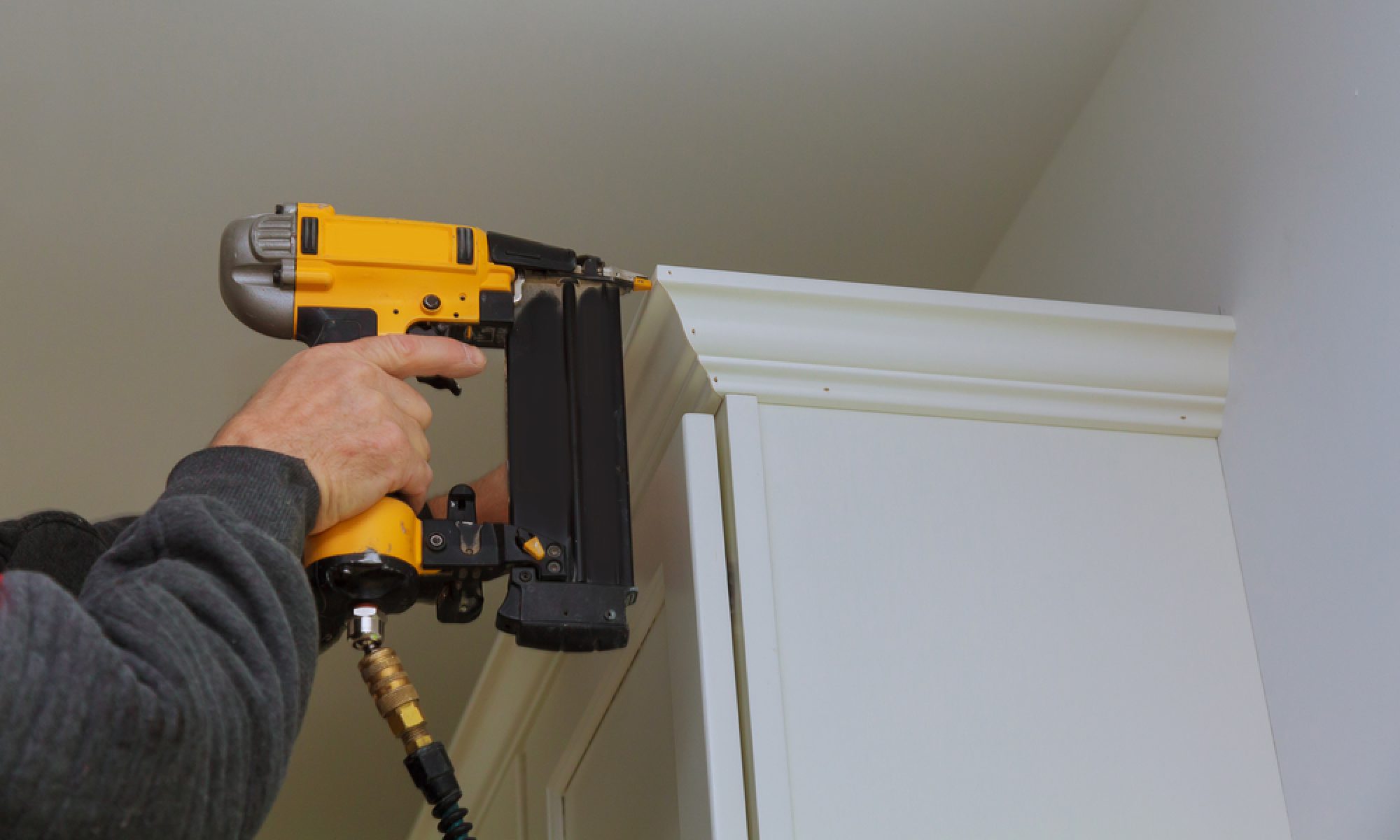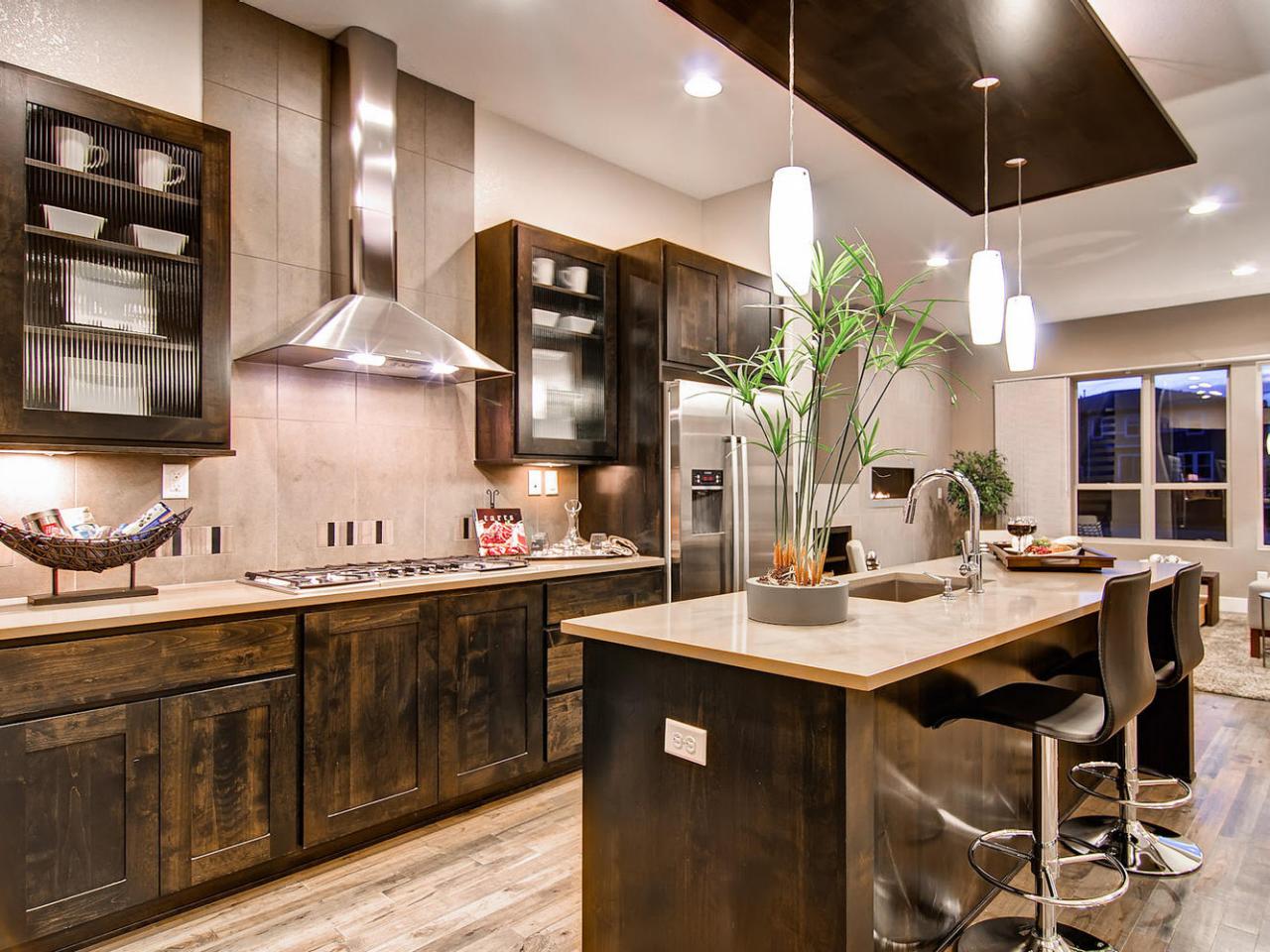
In this crazy housing market, more homebuyers are seriously considering fixer-uppers, or settling for properties that may not have everything they want or need from the day they move in — to say nothing of those who are waiving inspections and other contingencies in their contracts, which could lead to even more surprises on closing day.
If you recently bought a house that needs some TLC, the crucial first step is getting a handle on exactly what work needs to be done (versus what would just be nice to have) and how much those must-do items will cost.
When budgeting, it’s helpful to think of these projects in three broad buckets, according to Liz Lovery, an interior design and DIY social media influencer who participated in a Bankrate-produced video series. The categories she identified more or less fall in order of necessity: structural renovations, functional/systemic renovations and interior renovations.
Here’s what you need to know about each home renovation category, and how to plan for related projects.
Structural home renovations
You don’t have a house without a structure, which is why this is category number one. It includes things like the foundation, walls, floors, roof, windows and doors, all of which need to be in a state of good repair to ensure your habitat is inhabitable — and stays safely livable for the long term.
You should also consider why you’re doing the work, says Ari Rasekh, co-founder of Manor.care, an app that helps homeowners keep track of their property’s maintenance needs.
“Are we talking about repairs, routine maintenance or home improvement?” he says. Repairs come first. “Routine maintenance is to avoid a repair and home improvement is by nature more optional. When I look at prioritizing, I look at those factors.”
While some structural projects can be more of a wish-list item, like adding an extension to your home, the majority of them fall into the vital-repair category: Work that tends to be more necessary than discretionary, like dealing with a leaky roof or a seriously cracked foundation.
There’s a huge amount of variability, price-wise, with structural projects. For example, replacing a roof typically costs between $5,601 and $11,729, while replacing windows costs between $175 and $1,800 each, according to Angi, the contractor search service site. Of course, the costs will depend on the size and location of your home, the materials you choose and local labor charges.
You should always build a little extra into the budget, too. Since the start of the pandemic, shortages and supply-chain problems have caused construction material costs to rapidly increase, with drywall costing between $12 and $20 per panel, according to HomeAdvisor powered by Angi, nearly a 16 percent increase over 2021 prices, per the National Association of Home Builders (NAHB).
Rasekh says doing regular maintenance can help homeowners avoid more serious and expensive sudden repairs. He advises his customers to budget between 1 and 4 percent of their property’s value for maintenance every year.
Functional/systemic home renovations
This next-most-important category includes systems that keep your home functioning: plumbing; heating, cooling and ventilation (HVAC); electrical wiring; and other necessities.
Repairs in this category can still be urgent. If your toilet is spraying water all over your bathroom, for example, you’ll want to address that ASAP. Even updates to small fixtures can be extremely important.
“There are over 25,000 fires in the U.S. each year where smoke alarms were present and should have been working but failed to do so,” Rasekh says.
Once again, costs for systemic repairs can vary widely by location, materials and other factors about your home.
A new HVAC system costs between $5,000 and $12,500, while re-plumbing a home (replacing pipes or running new ones) costs between $2,280 to $5,120 on average, depending on the size of the property. Much of that price goes towards labor.
It can be hard to anticipate when one of your home’s vital systems will need a repair, which is why Rasekh says it’s important to always have emergency funds in the bank.
“Putting aside contingency for those types of scenarios and being on top of your preventative maintenance can really save you in the long -run,” he says.
Interior home renovations
By nature, interior renovations are the most discretionary, but they’re also often the most exciting for new homeowners. Part-functional and part-decorative, they include things like new paint, appliances, hardware, window treatments, furnishings and fixtures — all the design-for-living elements that make a house a home.
This category is also where cost can be the most variable because homeowners have an almost infinite array of styles, materials and finishes of various qualities to choose from. You can spend as little as $195 on a new bathtub, or as much as $500,000 on a chandelier.
Of course, interior renovations also often include upgrades in the structural or systemic categories as well, which can make superficial home improvements or renovation projects more expensive. For example, a major kitchen remodel (changing both the size/layout and features of the room) averages between $25,000 and $40,000, while a similar redo of a full bathroom runs $10,000 to $25,000. While it’s discretionary, you have to be disciplined with this category, since it’s so easy to overspend — especially when stylistic changes start involving structural ones.
In general, interior renovations are the lowest priority. A popcorn ceiling or peeling paint may be annoying to look at, but it won’t force you out of your home like a wall that has lost its structural integrity.
Other home renovation tips
Home renovation is a huge undertaking, and almost invariably takes more time and costs more money than homeowners expect.
Rasekh says it’s a good idea to set 20 to 30 percent of the total cost of your project aside for the unexpected — that’s up to 30 percent on top of the project’s original cost estimate.
He adds that it’s important to get multiple bids, especially if you’re getting ready for a major renovation. “Get a few different contractors in there, you’ll learn from them, not just for price comparison’s sake, but also the factors to consider,” Rasekh says. “Make sure you’re not overextending yourself too much financially.”
The bottom line on home renovation budgeting
Home renovations are a big undertaking, and can involve many twists and turns, fast decisions and nasty surprises. Whether you opt to divide your budget into three buckets — structural, functional and internal — or use some other approach, the important thing is to plan, prioritize and anticipate. Organize your projects early and allocate your spending carefully. And stick to your budget, being sure to set money aside for the issues that invariably pop up.










/cdn.vox-cdn.com/uploads/chorus_image/image/65890354/iStock_484670094.8.jpg)